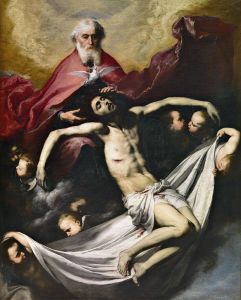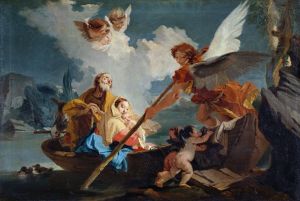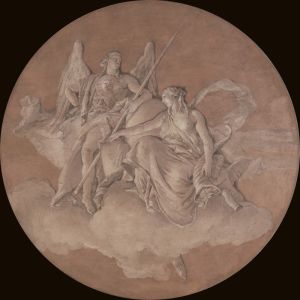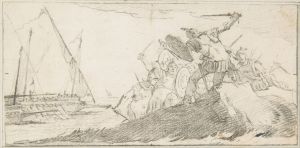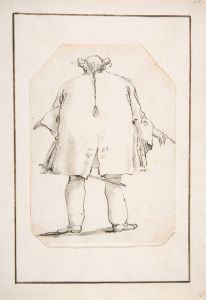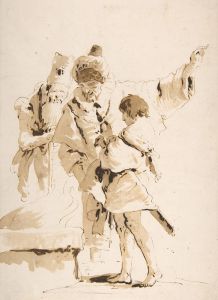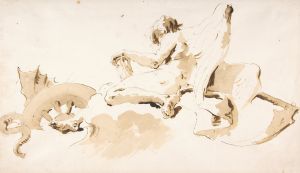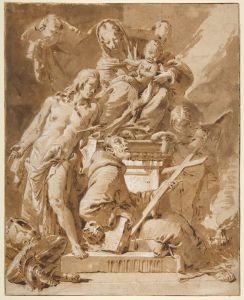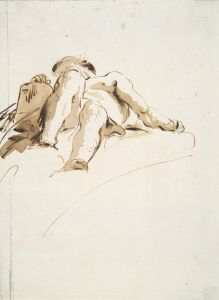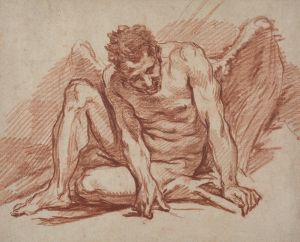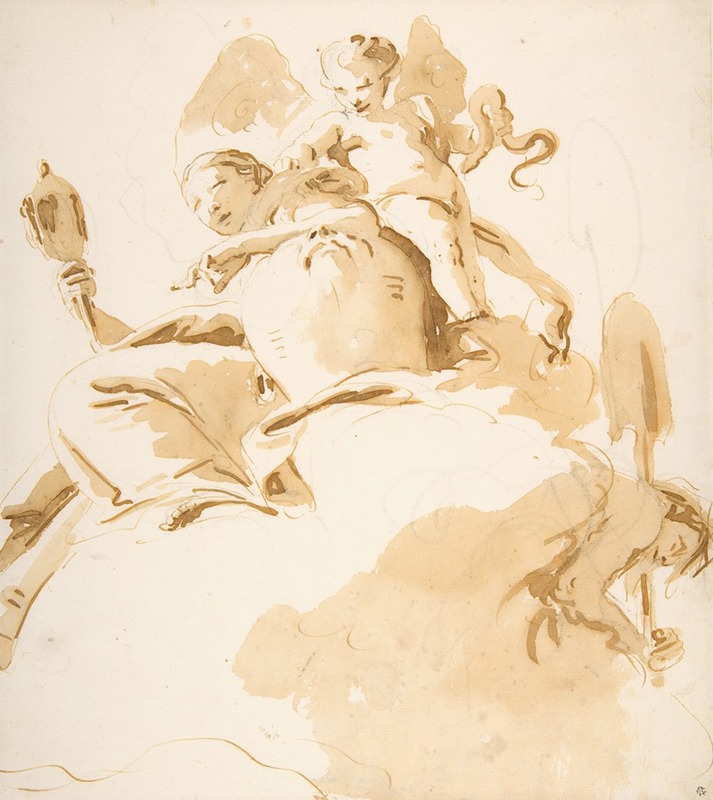
Seated Woman with a Winged Putto
A hand-painted replica of Giovanni Battista Tiepolo’s masterpiece Seated Woman with a Winged Putto, meticulously crafted by professional artists to capture the true essence of the original. Each piece is created with museum-quality canvas and rare mineral pigments, carefully painted by experienced artists with delicate brushstrokes and rich, layered colors to perfectly recreate the texture of the original artwork. Unlike machine-printed reproductions, this hand-painted version brings the painting to life, infused with the artist’s emotions and skill in every stroke. Whether for personal collection or home decoration, it instantly elevates the artistic atmosphere of any space.
Giovanni Battista Tiepolo, an Italian painter and printmaker, is renowned for his distinctive style that epitomizes the grandeur and elegance of the Rococo period. One of his works, "Seated Woman with a Winged Putto," exemplifies his mastery in capturing the ethereal and the divine, a hallmark of his artistic oeuvre.
Tiepolo was born in Venice in 1696 and became one of the most prominent painters of the 18th century. His work is characterized by its vibrant color palette, dynamic compositions, and the ability to convey complex allegorical themes with clarity and grace. Tiepolo's paintings often feature mythological and religious subjects, rendered with a lightness and fluidity that became synonymous with the Rococo style.
"Seated Woman with a Winged Putto" is a testament to Tiepolo's skill in depicting figures with a sense of movement and life. The painting features a woman seated, accompanied by a winged putto, a small, chubby male child often depicted in art as a symbol of love or divine presence. The interaction between the woman and the putto is captured with a sense of intimacy and playfulness, a common theme in Tiepolo's work.
The composition of the painting is carefully balanced, with the figures arranged in a way that draws the viewer's eye across the canvas. Tiepolo's use of light and shadow enhances the three-dimensionality of the figures, giving them a lifelike presence. The drapery of the woman's clothing is rendered with meticulous attention to detail, showcasing Tiepolo's ability to depict texture and movement.
Tiepolo's color palette in this painting is both vibrant and harmonious, with soft pastels and rich earth tones that create a sense of warmth and serenity. The background is often kept simple, allowing the figures to stand out and capture the viewer's attention. This focus on the figures is a hallmark of Tiepolo's style, emphasizing the emotional and narrative content of the scene.
Throughout his career, Tiepolo received numerous commissions from both religious and secular patrons, which allowed him to travel extensively and spread his influence across Europe. His work was highly sought after, and he became known for his large-scale frescoes and altarpieces. Despite the grandeur of his larger works, Tiepolo's smaller paintings, such as "Seated Woman with a Winged Putto," demonstrate his ability to convey intimacy and emotion on a more personal scale.
Tiepolo's legacy is evident in the way he influenced subsequent generations of artists. His ability to blend the fantastical with the real, and his skill in creating compositions that are both dynamic and balanced, have left a lasting impact on the art world. "Seated Woman with a Winged Putto" remains a fine example of his work, showcasing his talent for capturing the beauty and complexity of human emotion through the lens of mythological and allegorical themes.
In summary, Giovanni Battista Tiepolo's "Seated Woman with a Winged Putto" is a quintessential example of Rococo art, characterized by its elegance, vibrant color, and dynamic composition. The painting reflects Tiepolo's mastery in depicting figures with grace and emotion, making it a significant piece in the study of 18th-century European art.







